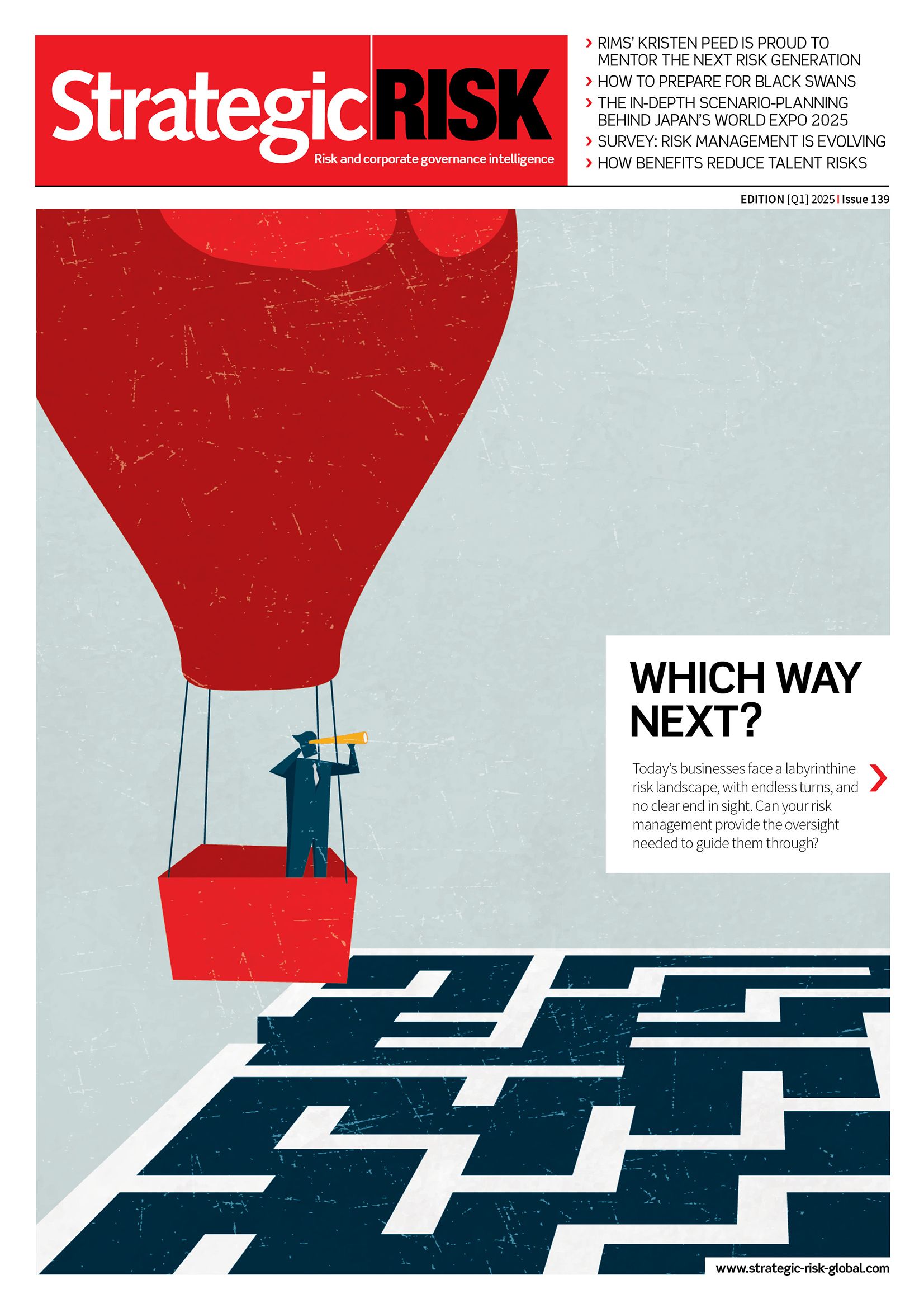Prysmvest risk management signals 2025

Focus on integrating advanced analytics into your risk management strategy. By 2025, organizations leveraging AI-driven models will gain a significant edge, as these tools enhance predictive accuracy and streamline decision-making processes. Invest in technology that tracks real-time data and provides insightful forecasts tailored to your industry.
Enhance your team’s adaptability by prioritizing continuous training. Equip personnel with the latest knowledge in risk assessment techniques and emerging trends. Encourage a culture of learning and agility, as these traits will enable your organization to quickly respond to market shifts and regulatory changes.
Establish robust communication channels. Transparent dialogue among departments fosters collaboration and enables early identification of potential risks. Utilize platforms that allow for seamless information sharing, ensuring every team member stays informed and engaged in the risk mitigation process.
Monitor geopolitical developments closely. The interconnectedness of global economies means that external factors can dramatically impact risk profiles. Develop a framework for assessing how such events might affect your operations and adapt your strategies accordingly.
Prioritize sustainability within your risk management approach. Investors and consumers increasingly favor companies committed to ethical practices. Incorporate environmental, social, and governance (ESG) criteria into your risk analysis to appeal to this growing demographic and mitigate reputational risks.
Identifying Key Market Indicators for Anticipating Risk in 2025
Focus on monitoring macroeconomic indicators such as GDP growth rates, unemployment rates, and consumer spending to gauge the market’s overall health. Regularly analyze inflation trends, as significant fluctuations can signal rising costs and impact purchasing power.
Industry-Specific Signals
Examine sector performance through metrics like sector-specific earnings reports, sales growth, and inventory levels. Tracking these indicators helps pinpoint potential vulnerabilities before they affect broader market dynamics.
Stay updated on regulatory changes and government policies impacting industries. New legislation can affect market stability and create unexpected risks, particularly in finance, healthcare, and technology.
Consumer Behavior Insights
Utilize consumer sentiment surveys to assess confidence levels and spending intentions. High consumer confidence typically correlates with increased economic activity, while declining sentiment can foreshadow downturns.
Harness social media analytics to track public perception and trends. Understanding how consumers discuss and engage with brands can provide early alerts to shifts in preferences that may affect market demand.
Integrate these indicators into a cohesive risk management framework for 2025. Regularly review and adjust strategies based on the latest data, ensuring your approach remains proactive and informed.
Integrating Advanced Analytics into Risk Assessment Frameworks
Adopt predictive modeling techniques to enhance risk assessment accuracy. Use historical data and machine learning algorithms to identify patterns and forecast potential risks. Tools such as regression analysis and decision trees provide actionable insights into risk probability and impact.
Incorporate real-time data streams to enrich risk analysis. Leverage IoT devices and big data technologies to gather live information on various factors influencing risk. This allows organizations to respond promptly to emerging threats and adjust their risk strategies accordingly.
Utilize visualization tools for better communication of risk factors. Graphs, dashboards, and heat maps clarify complex data, making it easier for stakeholders to grasp risk scenarios. A clear visual representation enhances decision-making and prioritization of risk mitigation efforts.
Conduct scenario analysis using advanced analytics. By simulating different potential futures, organizations can understand the impact of various risks. This approach facilitates proactive risk management through the identification of potential vulnerabilities before they materialize.
Integrate risk quantification models powered by analytics. Models like Value at Risk (VaR) and Economic Capital can quantify risk exposure, helping organizations allocate capital effectively. Understanding potential losses translates directly into more robust financial planning.
Training personnel to utilize advanced analytics tools is critical. Invest in skill development programs to ensure that staff can leverage these technologies effectively. Skilled teams enhance the overall risk management process and foster a culture of data-driven decision-making.
Regularly update the analytics framework to adapt to changing conditions. Continuous improvement of algorithms, data sources, and assessment methodologies ensures that risk management remains relevant and responsive to new challenges.
Developing Proactive Strategies to Mitigate Emerging Risks
Implement scenario planning to anticipate potential disruptions. Identify key variables that could impact your organization, such as technological advancements, regulatory changes, and market fluctuations. Create multiple scenarios based on these variables and develop tailored response plans for each.
Strengthen your data analytics capabilities. Invest in advanced analytics tools to gather and analyze real-time data. This practice allows for quicker identification of emerging risks and opportunities, facilitating informed decision-making. Engage data scientists who can translate complex data into actionable insights.
Establish strong communication channels across departments. Promote transparency in sharing information about risks and responses. Regular cross-department meetings can foster collaborative efforts in risk assessment and promote a culture of proactive risk management.
Provide ongoing training for your team. Equip your employees with skills to recognize and respond to potential risks through workshops and seminars. A well-informed workforce can identify threats early and contribute to the organization’s risk mitigation strategies.
Incorporate technology for better risk monitoring. Utilize tools like artificial intelligence and machine learning to automate risk detection processes. These technologies can offer predictions based on historic trends, enabling your organization to prepare in advance.
Regularly review and update your risk management framework. As new risks emerge, your strategies must evolve. Schedule annual reviews of your risk management policies to ensure they remain relevant and effective.
Consider partnering with experts in risk management. Consulting firms like prysmvest can provide valuable insights into industry trends and specific risks, enhancing your organization’s ability to stay ahead of challenges.
Video:
Risk Management: The Key to Trading Success on Olymp Trade
Risk Management: The Key to Trading Success on Olymp Trade 5 minutes, 27 seconds